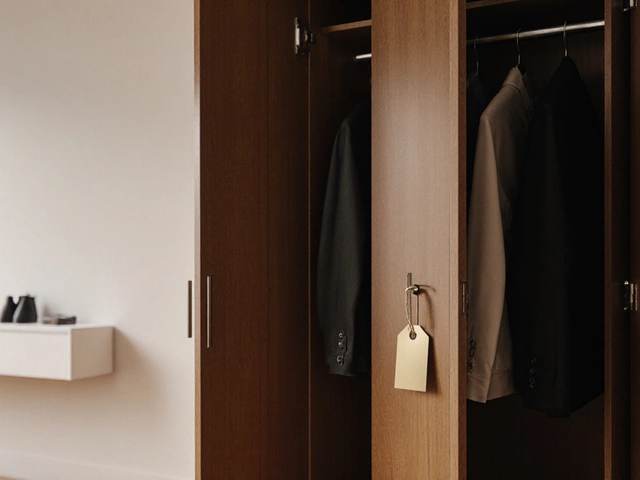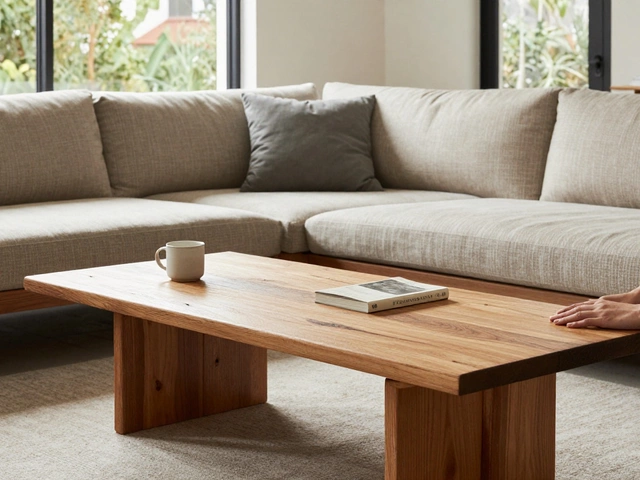Moisture Control Tips for Classroom Furniture
Got a damp problem in the school? Wet air can warp desks, make chairs sag and invite mould. The good news is you don’t need a big budget to keep your furniture dry. Below are easy actions you can start today.
Identify the sources of moisture
First, know where the moisture is coming from. Leaky roofs, windows that don’t seal, or a nearby bathroom can all raise humidity. Check corners of the room for condensation on walls or windows. If you see a musty smell, that’s a sign the air is too wet.
Once you spot the source, fix it. A simple weather‑stripping fix on doors or a quick patch on a roof leak can cut the problem in half. Even a small change makes a big difference for the furniture.
Use simple climate‑control tricks
Good airflow is the cheapest way to control moisture. Keep classroom doors open when possible, or install a low‑cost vent to let fresh air move through. A portable dehumidifier works well in rooms that stay damp, especially during winter when heating dries out the air and then creates condensation.
Place a few moisture‑absorbing packets or silica gel containers on shelves and inside storage cabinets. Replace them every few months and you’ll see less mould on paper and fabric chairs.
Another tip: keep furniture away from walls that are prone to damp. A small gap of a few centimeters lets air circulate and prevents the wood from soaking up moisture from the plaster.
Protect the furniture directly
Apply a clear sealant to wooden desks and chairs. It adds a thin barrier that stops water from seeping in. The sealant dries fast and won’t change the look of the furniture.
For metal chairs, wipe them down with a light oil once a year. This prevents rust that can start when humidity settles on the surface.
Cover upholstery with a breathable fabric cover if the room gets very humid. The cover catches spills and stops humidity from reaching the foam inside.
Regular maintenance keeps moisture at bay
Make a quick weekly check part of the cleaning routine. Look for water stains, warping edges or squeaky joints. Tighten any loose screws – a loose joint can allow water to seep in.
Teach students to report any leaks or damp spots right away. The sooner you know, the faster you can act.
By following these steps you’ll extend the life of classroom furniture, save money on replacements, and keep the learning environment healthy. Moisture control isn’t about fancy systems; it’s about simple habits and a bit of attention. Start today and watch the difference.






